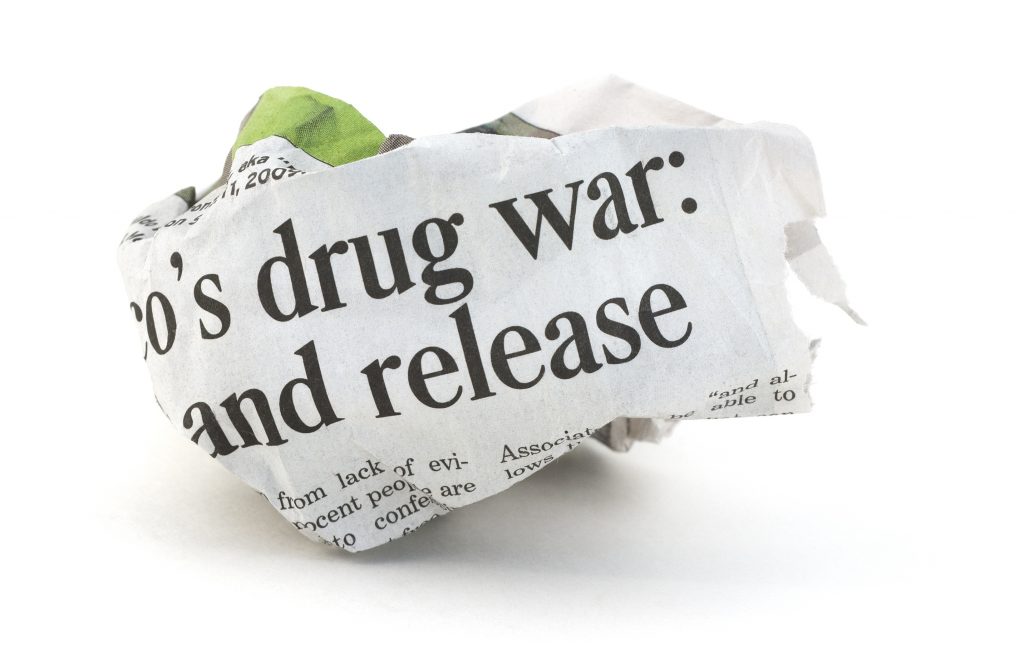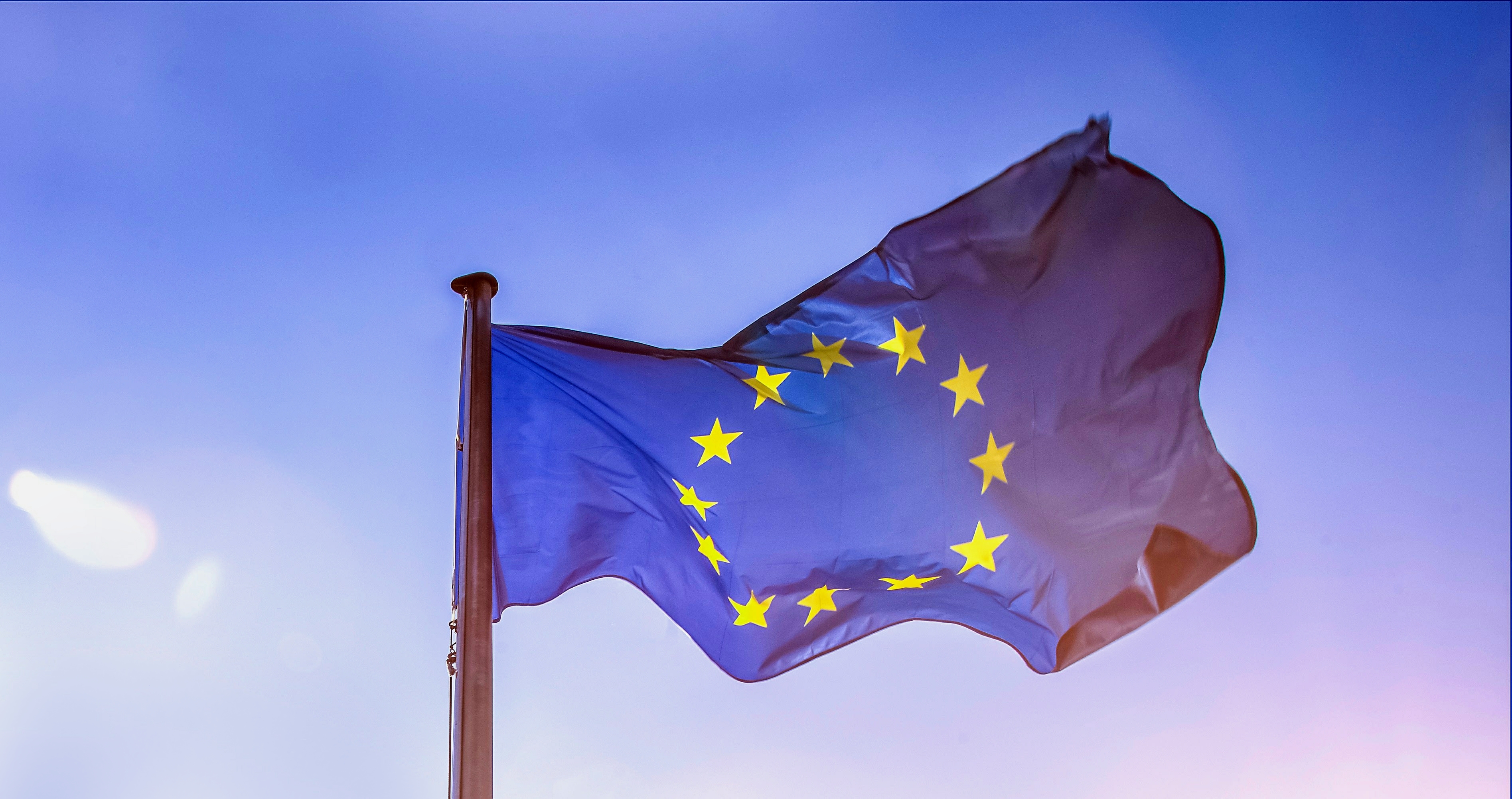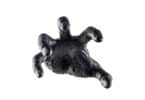The illegal drug market is popping off everywhere, and that’s no overstatement. Major cities around the globe are full of substance users – be it for recreational use or anything else. However, which are the 5 most popular illegal drugs in Europe?
Well, Europe’s drug market is a complex and ever-evolving landscape, with various substances vying for the attention of users. Despite the efforts of law enforcement and public health campaigns, the demand for illegal drugs remains a significant challenge across the continent. Today, we’re going to explore the 5 most popular banned drugs that are currently shaping Europe’s drug scene. Let’s go.
History of Illegal Drugs in Europe
The history of illegal drugs in Europe is complex and it intertwines with the continent’s economic, social, and political developments. We’re going to look at a brief overview of the key historical periods and their relationship with drug use and legislation. Hopefully this will inform us of the current situation today.
Pre-20th Century
Let’s start with the pre-20th century. The use of psychoactive substances in Europe can be traced back to ancient times. The Greeks and Romans used various plants and fungi for their psychoactive effects in religious ceremonies and as medicines. Then, during the Middle Ages, alcohol became more prevalent. The Age of Exploration in the 15th and 16th centuries led to the introduction of new substances to Europe, including tobacco from the Americas and coffee from Africa and the Middle East. This also eventually brought with it the coca plant and, obviously, cocaine. The NIH writes:
“When coca and cocaine appeared in nineteenth-century Europe, doctors, pharmacists, and the public struggled to understand their benefits and risks, and to formulate a distinction between use and abuse.”
Early 20th Century
Illegal drugs in Europe changed in the early 20th century. The 19th century Opium Wars between Britain and China highlighted the growing international concern over drug control. This led to the first international drug control treaties in the early 20th century. In 1912, the International Opium Convention was signed in The Hague. It was the first international drug control treaty and it laid the groundwork for subsequent drug control laws. Then, after World War I, the League of Nations was tasked with enforcing international drug agreements. During this time, the recreational use of drugs like cocaine and heroin became more widespread, leading to increased public concern. Governments were attempting to begin to deal with drug use.

Mid-20th Century
Then came the infamous War on Drugs. After World War II, the newly formed United Nations took over the role of international drug control. The Single Convention on Narcotic Drugs in 1961 and the Convention on Psychotropic Substances in 1971 aimed to limit the production, trade, and use of drugs to medical and scientific purposes. The idea of recreational drug use was entirely frowned upon – except alcohol of course. Everyone loved alcohol. Then, the 1960s and 1970s saw a cultural shift with the counterculture movement, where drugs like cannabis, LSD, and psilocybin mushrooms became symbols of rebellion against authority. The birth of the hippie was seriously ‘p-ing’ off the establishment. In response to the increase in drug use, European countries began to tighten control over drugs, leading to the criminalisation of their non-medical use. At this point, essentially all hard drugs were banned in the majority of Europe. The Netherlands is an anomaly.
Late-20th Century – Now
The War on Drugs has been proven to not work. In many nations – inside Europe and out – the belief that this hard approach leads to a decrease in use and crime is diminishing. The opposite actually seems to be the case. This was proven especially during the spread of HIV and AIDS in the 80s. Cato concludes this about the War on Drugs:
“Prohibition is not only ineffective, but counterproductive, at achieving the goals of policymakers both domestically and abroad… we find that the… War on Drugs has contributed to an increase in drug overdoses and fostered and sustained the creation of powerful drug cartels. Internationally, we find that prohibition not only fails in its own right, but also actively undermines the goals of the Global War on Terror.”
In response to the overwhelming failure of these policies, some European countries – such as Portugal and the Netherlands – have experimented with decriminalisation and legalisation policies, particularly concerning cannabis, to focus on treatment over punishment. Malta, Luxembourg, Spain and Germany have also followed suit in attempting alternative methods.
5 Most Popular Illegal Drugs in Europe
With the War on Drugs failing, the use of illegal substances is still very much prevalent in Europe today. In fact, the illegal market is said to be worth around 30 billion dollars. But there are 5 substances that are the most commonly used. Some are considered party-drugs, others are rooted deeper into everyday life. Let’s see which substances dominate the European drug landscape.
1 – Cannabis
Cannabis holds the title as the most widely used illegal drug in Europe. It’s not just popular among users, it also accounts for the largest share of the drug market. With an estimated market value of €9.3 billion annually, cannabis is a heavyweight in the drug economy. Its prevalence is not surprising, given that it’s often perceived as a ‘softer’ drug compared to its counterparts. Right now, the majority of Europe still bans the substance. Europe is far from reaching the levels of acceptance that the US and Canada have.
2 – Heroin
Heroin takes a slightly more grim second place in the popularity contest, with a market value of €6.8 billion. This opioid is not only widely consumed but also linked to a substantial number of drug-related deaths and social costs. It is believed that around 1 million people in Europe used the substance in 2021, which is 0.33% of the population. Heroin’s impact on public health is large, but seems to be improving in certain areas of the continent.
3 – Cocaine
Then comes cocaine, which is probably no surprise. This substance is used both as a party drug, and heavily in offices for workaholics. Think Wolf of Wall Street but with the Canary Wharf skyline. Cocaine’s allure remains strong in Europe, with a market value of €5.7 billion. According to the European Drug Report, around 2.3 million people used coke in the last year (aged 15-34). The drug has its place firm rooted in European party culture – especially with particular types of music.
4 – Amphetamines
What are amphetamines? Well, these include drugs like: adderall, ritalin and other stimulants. Amphetamines, with a market value of €1.8 billion, are the fourth most popular drug. Their use is widespread across Europe, often linked to the dance music scene and nightlife. These substances are also used when students are studying, to inspire focus.
5 – MDMA or Ecstasy
MDMA, which is a stimulant drug, is often known as the ‘love drug’. This is due to it causing a huge increase in dopamine. People often feel like they are connected to each other when taking it. Well, MDMA – also commonly known as ecstasy – rounds out the top five with a market value of €0.67 billion. Its popularity is closely tied to the club scene and electronic music events.

Illegal or Legal?
Looking at the top 5 illegal drugs in Europe, it’s highly unlikely that the majority of these substances will be legalised any time soon. Cannabis, however, is the only potential. With the US now having fully legalised cannabis in 23 out of 50 states, it looks like Europe will eventually have to follow the unignorable wind of change. Although, it is also fair to say that MDMA-induced therapy tests are also becoming more prevalent. Perhaps one day MDMA might find its legal position in European society too, but this may be some time. The rest of the substances on this list? Don’t even think about it.
Conclusion
Europe is a continent that is full of illegal drug use – both recreationally and through abuse. The five most popular illegal drugs in the continent reflect a diverse range of substances that cater to varying individuals. From chilled cannabis to addictive heroin and the party scene surrounding cocaine, amphetamines, and MDMA, these drugs collectively represent a significant part of European culture. New drugs, with new effects, can materialise at any time. So who knows what might be new on the list soon? Let’s wait and see.
Hello readers. We’re happy to have you with us at Cannadelics.com; a news source here to bring you the best in independent reporting for the growing cannabis and hallucinogen fields. Join us frequently to stay on top of everything, and subscribe to our Cannadelics Weekly Newsletter, for updates straight to your email. Check out some awesome promos for cannabis buds, smoking devices and equipment like vapes, edibles, cannabinoid compounds, amanita mushroom products, and a whole bunch more. Let’s all get stoned together!









